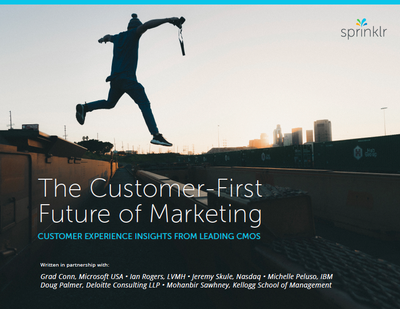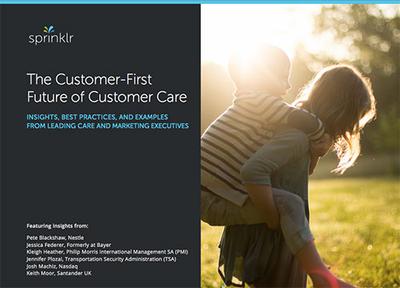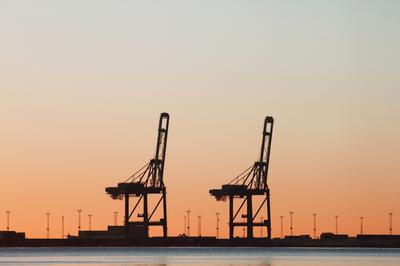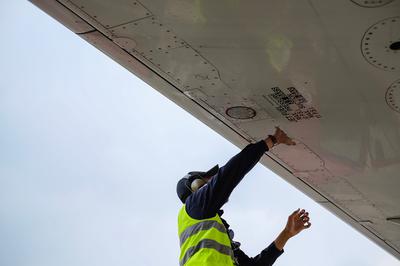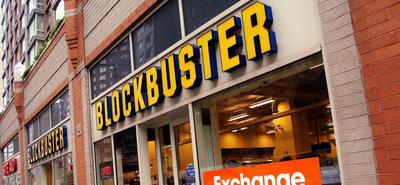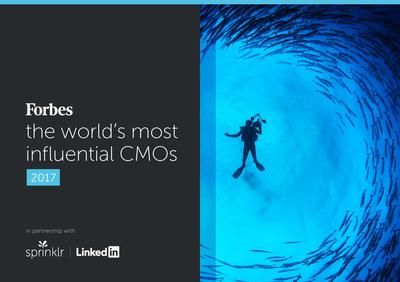
The World’s Most Influential CMOs
The role of the CMO is evolving as quickly as the marketing landscape. No longer just the branding arm of the business – CMOs must now be the organization’s eyes and the ears. They must be the stewards of customer experience. And increasingly, a driver of company-wide transformation.
The creativity required to thrive under these conditions starkly separates leaders from laggards and has dramatically elevated the power – and profile – of effective CMOs.
In this report, Forbes, Sprinklr, and LinkedIn survey the shifting fault lines of today’s marketing terrain and return with an incisive understanding of what it takes to be the Chief Marketing Officer of tomorrow.
